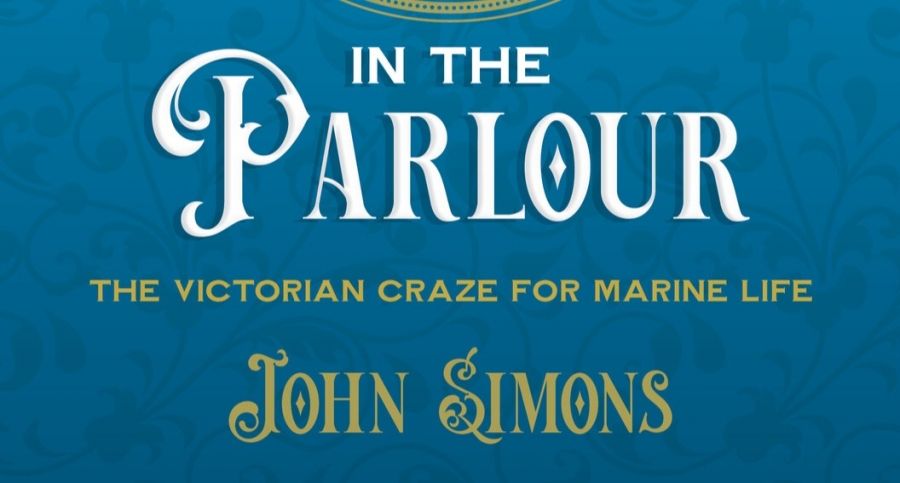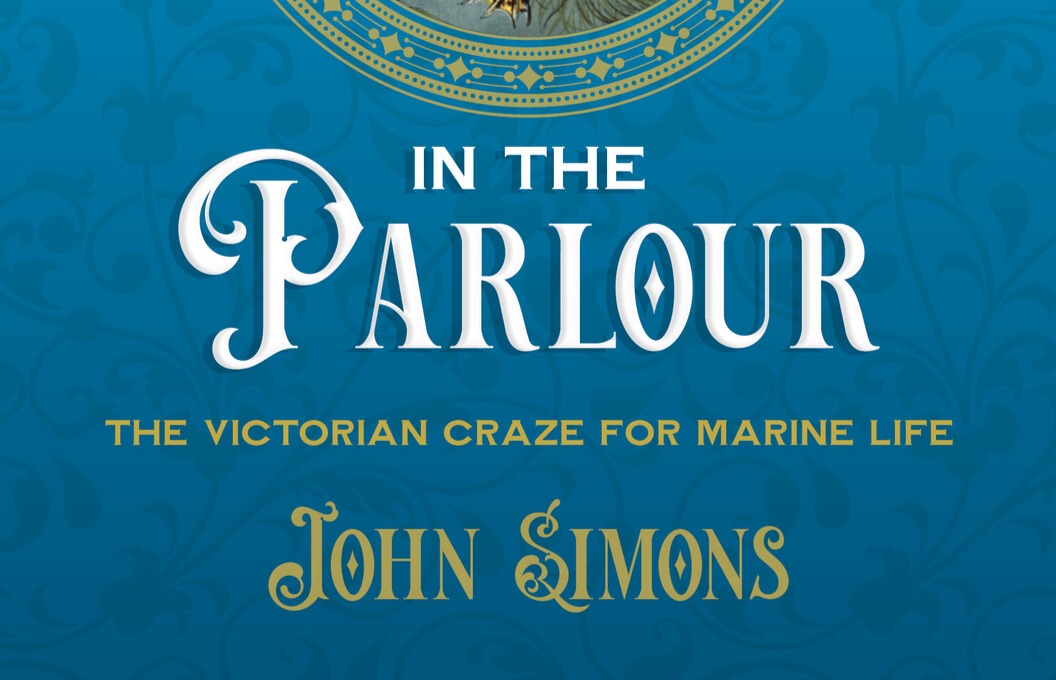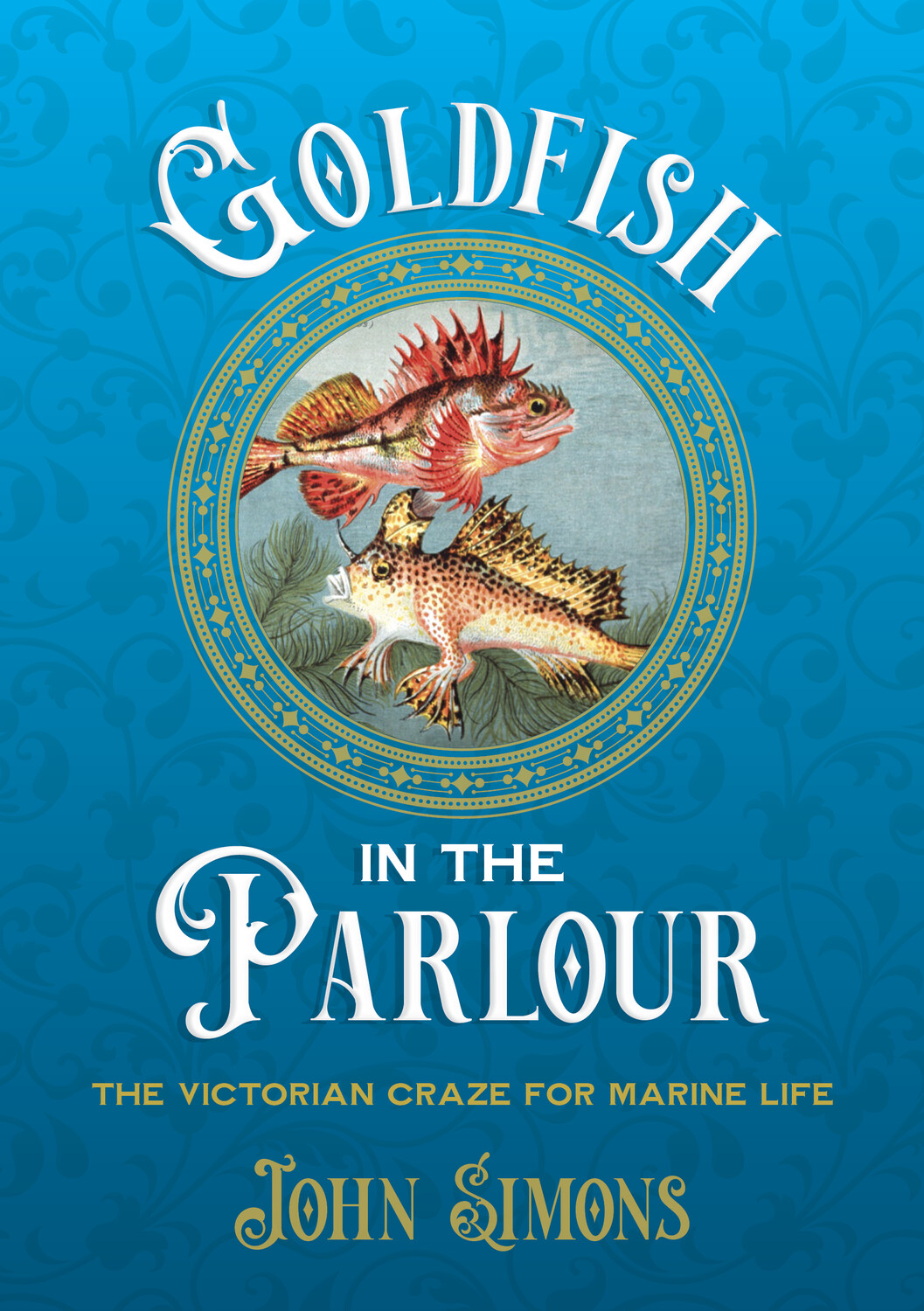
- Free Article: No
- Contents Category: Natural History
- Review Article: Yes
- Article Title: Tiny natural worlds
- Article Subtitle: An unconfined look at British aquarium history
- Online Only: No
- Custom Highlight Text:
The image of a solitary goldfish aimlessly circling in a glass bowl recurs in cartoons and children’s books, a metaphor for a crowded and over-scrutinised life. John Simons’s account of the mid-nineteenth-century aquarium craze reveals the rather horrifying historical reality of this mostly symbolic image. At the height of the craze for aquariums, not only were resilient goldfish kept in bowls, but a wide range of wild-caught marine and estuarine life were dredged from the British coastline and plunged into buckets, bowls, tubs, pots, as well as glass aquariums of various sizes, with precious little consideration given to the complex needs of maintaining aquatic ecosystems in captivity. The death toll, not to mention the smell, must have been horrifying. As Simons points out, the British seaside has never truly recovered from this mass decimation.
- Featured Image (400px * 250px):

- Alt Tag (Featured Image): Danielle Clode reviews 'Goldfish in the Parlour: The Victorian craze for marine life' by John Simons
- Book 1 Title: Goldfish in the Parlour
- Book 1 Subtitle: The Victorian craze for marine life
- Book 1 Biblio: Sydney University Press, $35 pb, 320 pp
- Book 1 Cover Small (400 x 600):

- Book 1 Cover (800 x 1200):

Initially, the book gives the impression of being a somewhat dry and academic account of the history and impact of Britain’s first major aquarium. The ‘Fish House’ was erected by the Royal Zoological Society in Regent’s Park in 1853 to revive the failing fortunes of their nascent zoological garden. With a determinedly Anglo-centric focus, the narrative inclines towards the singular achievements of men such as Phillip Henry Gosse and William Lloyd.
Fortunately, like the octopus in his opening anecdote, Simons’s material refuses to be confined within the rigid confines of British aquarium history. The book covers changing attitudes towards seashores, shell-collecting, fish farming, marine science, oceanographic surveys, animal welfare, recreational fishing, and even a digression into Australian aquariums. A rich use of anecdote and contemporary accounts reveals the diversity of participation in marine science and aquariums. The death of a man, when his wife threw a seashell at him during an argument, suggests the presence of weighty specimens even in ‘a household where money was apparently very tight and the sea relatively distant’. At the other end of the spectrum, wealthy women literally wore their collections to balls, ‘dressed as an aquarium’, with a ‘waist enclosed with beautiful shells, the continuation being a short jupe of sea-green colour on which are to be found numerous samples of the animal and vegetable world’.
The origins of the nineteenth-century aquarium craze seem far more complex than simply increased leisure and lowered glass taxes. Along with earlier French and Dutch shell-collecting crazes and older Wunderkammer traditions, aquariums shared parallels with terrariums and fern collecting or Pteridomania. The desire to capture and recreate tiny natural worlds, in order to control, manage and study is particularly intriguing given the rising interest in public science, followed by public exclusion through professionalisation of the sciences.
As Simons writes, the ‘littoral space is also a liminal space and such spaces are always inhabited by transgressive perils’. Class and gender roles were disrupted along the shoreline. The accessibility of coastal creatures made participation in scientific activity possible for anyone with available time, through collecting, observing, discovering, identifying, and organising. Women enthusiastically engaged with scientific endeavours wherever access was not denied, as evident at a public lecture on conchology (shells) in 1852: ‘Notwithstanding the inclement state of the weather, the audience was very numerous, the room being quite filled, and a large proportion being ladies.’
Rather unconvincing arguments are often made about marine science being pretty, clean, and genteel; perhaps the engagement of women was more about mere opportunity. Simons notes that women, along with the poor, ‘did not have the access to the same institutional positions or facilities that the men had’. The coastline, like botany, was accessible to all and not readily restricted by patriarchal wealth or privilege.
Simons presents numerous examples of the pushback against women’s participation but the following review of Agnes Catlow’s Popular Conchology in 1843 sets the tone:
A little coquetry, however, with them, as with everything else is allowable and when kept within feminine bounds, their gentle flirtations with geology, theology, astrology, and all the other ologies, are amusing to watch, and wholesome to laugh at. Conchology is one of the most harmless branches of natural history that a lady may dabble with.
Nevertheless, the women persisted. As Simons notes, while ‘Gosse and Kingsley are now seen as the most influential writers in the popularising of marine science that is, I think, the effect of their reputation in hindsight and not necessarily an accurate picture of who was in the pockets and hampers of amateur scientists on the Victorian beach’. This pattern is common to women nature writers generally, who were progressively written out of the historical record through lack of republication, anthologising, citation, and referencing. Simons goes some way to rectifying this imbalance. While he still gives precedence to the dominant conventional male figures in the field, the names of contributing women flow throughout: Mary Anning, Anna Atkins, Anne Ball, Harriet Campbell Sheppard, Margaret Gatty, Isabella Gifford, Amelia Griffiths, Ellen Hutchins, Mary Roberts, Anna Thynne, Jeanne Villepreux-Power, Mary Wyatt, and many others.
The underwater world remains challenging for terrestrial air-breathers to appreciate. This book reminds us that the construction of public aquariums, with all their challenges and difficulties, brought about a radical change in our perception of aquatic ecosystems and the creatures that inhabit them, not to be matched perhaps until the vivid documentaries of Jacques Cousteau and his successors brought a new box of underwater life into modern day parlours.



Comments powered by CComment